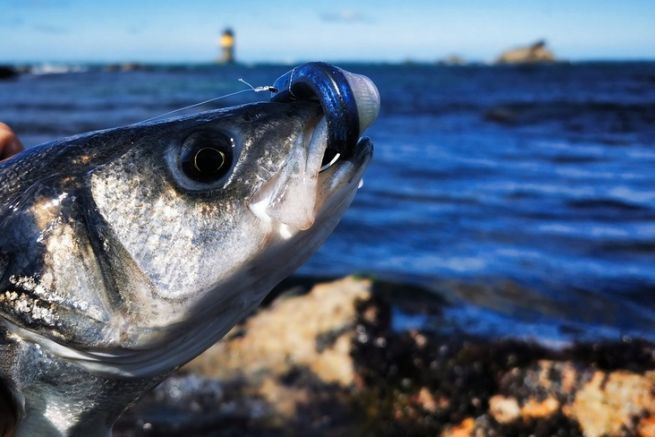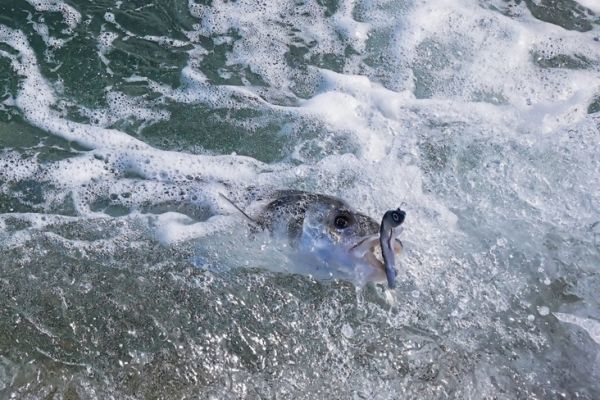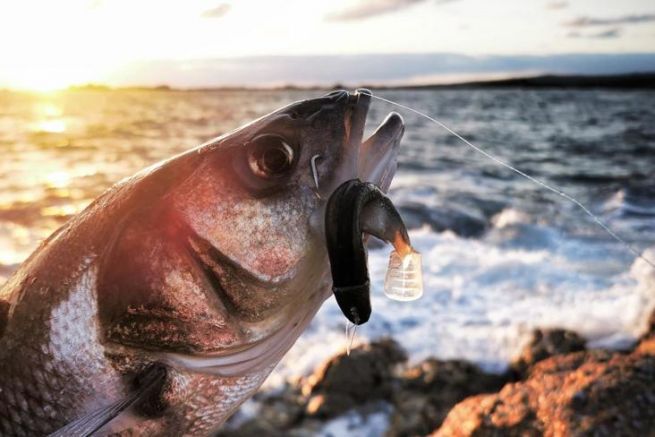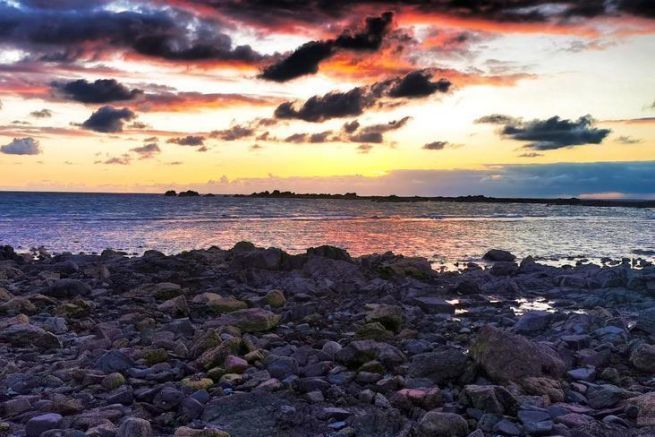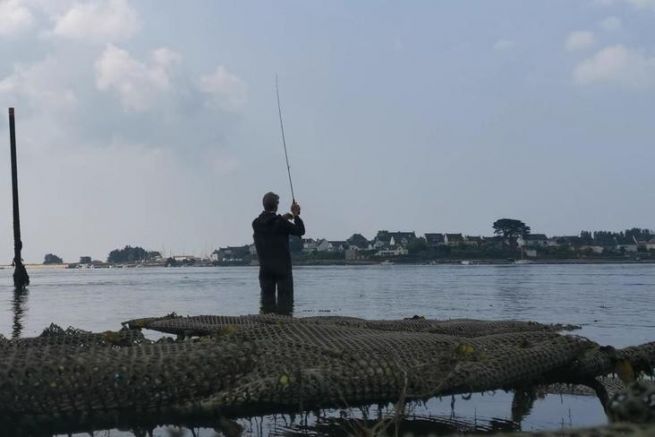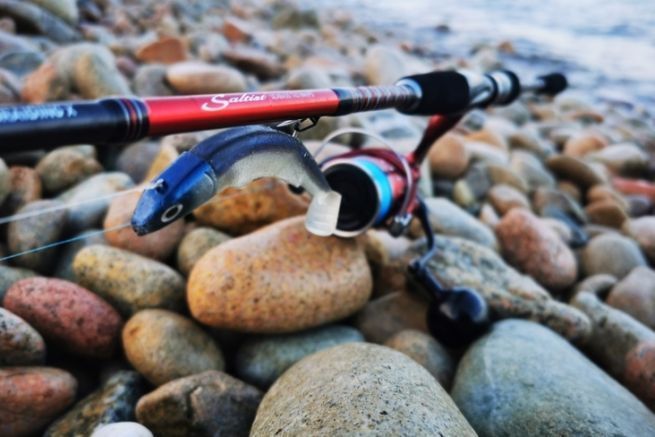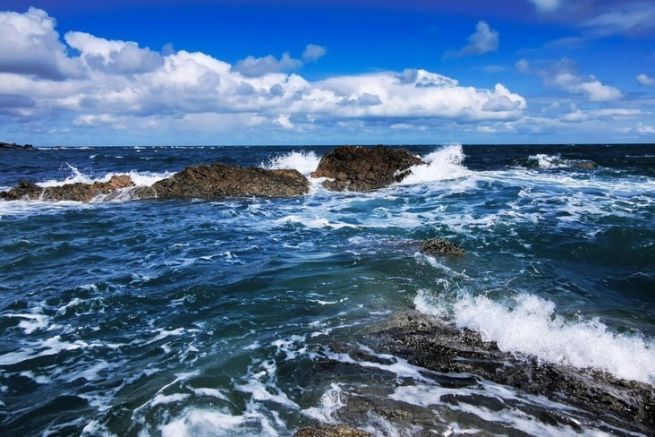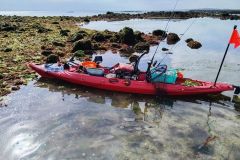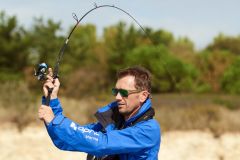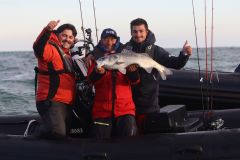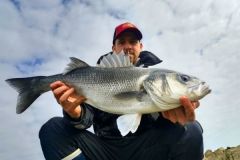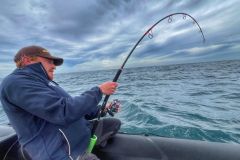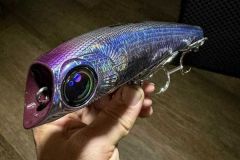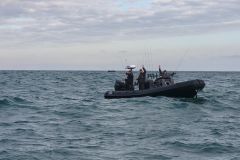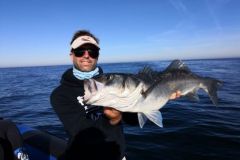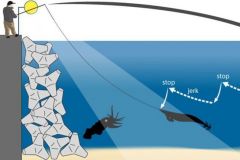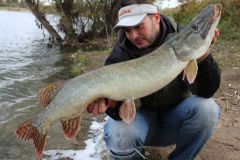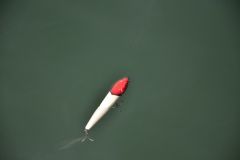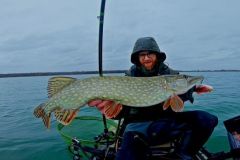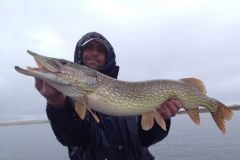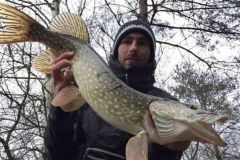Target a food-rich area
Rocky areas are among the most popular spots for offshore fishermen. Before heading straight for the most exposed rocky point, take the time to analyze the area. A good method is to lift a few rocks, taking care to reposition them and see if there is life underneath. Be alert to the presence of small crabs, shrimps, gobies. Generally speaking, anything that could serve as food for the predatory fish you are looking for.
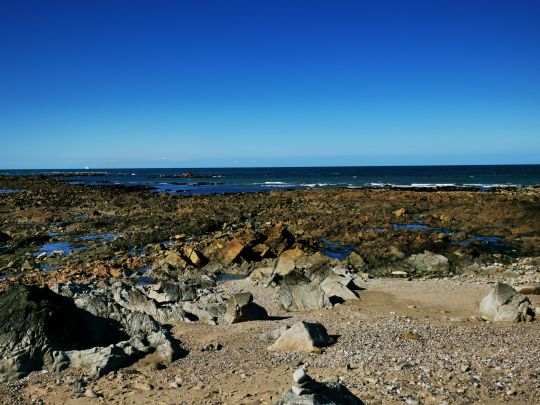
At the very beginning of the season, around the month of March, due to the cold water, there will be few fry fish present, that is why predators are mainly looking for crustaceans. As soon as the temperature warms up a bit, the lances and then the blue fish like sprats or small sardines will be present at the coast. It is up to you fishermen to adapt the lures to the prey targeted by the predators.

The points and the creeks, 2 sure values
These two areas are very different from each other.
The points which correspond to rocky outcrops in the sea often exposed to the current. This zone, rich in oxygen, is appreciated by predatory fish for the presence of food.
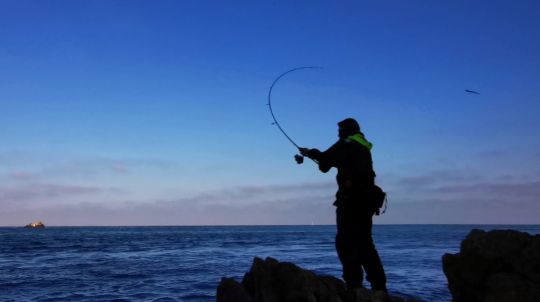
The use of a Shad in traction or linear through the current, or a metal lure like the Power Tail of Fiiish, are perfectly adapted.
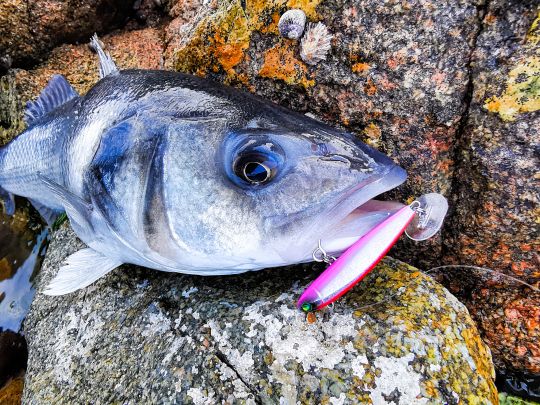
Creeks, which some people call small bays, are quieter places often sheltered from the current. Their arc shape allows predators to trap a school of small fish.
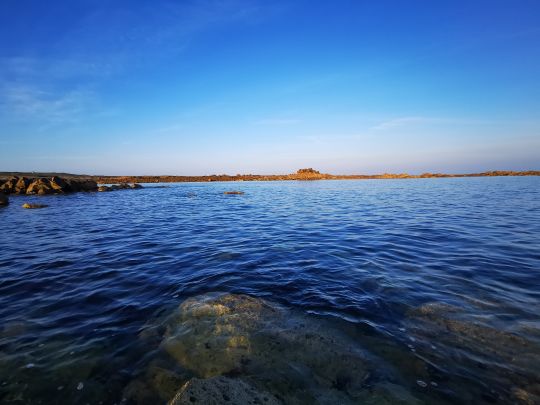
It remains for them to feed easily. On this kind of spot, when the conditions are calm, I often fish with a Black Minnow and a Search head of 18g for example.
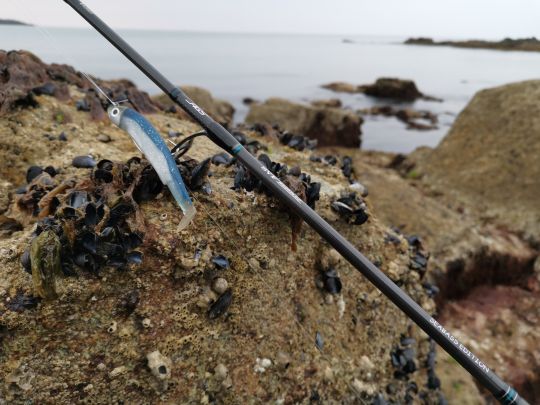
Stay safe
Crapaholing in the rocks is not totally without risk. A bad fall could make it difficult to return. Have suitable shoes, ideally with non-slip crampons. Don't take on too much, a bag with a few lures and your rod will be more than enough.
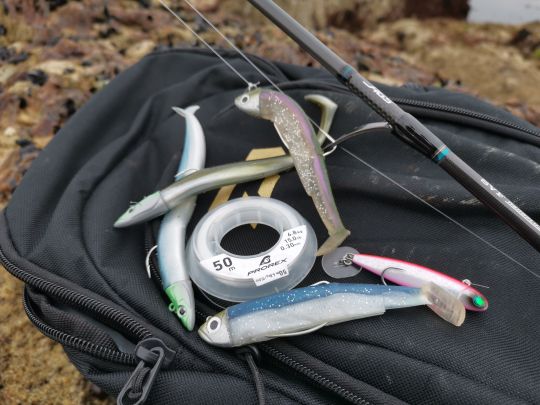

 /
/ 